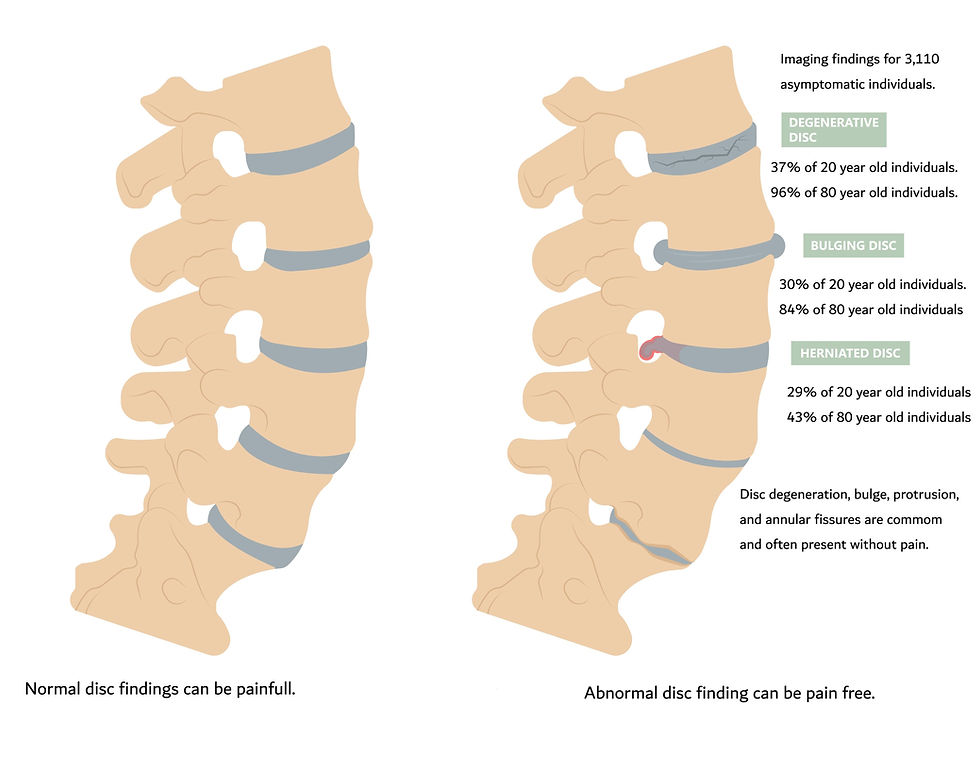The Chiropractic Subluxation Does Not Exist.
- Steven Gunderson
- Jul 26, 2023
- 3 min read
A Mixers vs. Straights Debate:
Philosophy is a soft science. May the Best Argument Win.
Palmer College is slowly refashioning the pseudoscientific chiropractic paradigm. The curriculum is evolving from the philosophical to the evidenced-based approach to patient care. The new course is expanding the scope of practice by favoring instruction on active care and clinical reasoning over chiropractic dogma.
Transitioning away from the dogmatic inspired resistance from the Straight chiropractic group, that have built their practice on Subluxation Philosophy and wish to continue. An outright upheaval was out-of-the-question, so Palmer College decided to take baby steps.
This gradual transition has pitted the hard science, evidence-based classes firmly against the chiropractic philosophy and technique courses.
It’s true! Here's one example of blatant contradiction.
In chiropractic technique classes Radiographic line analysis is used to determine the presence and type of chiropractic subluxation. The technique of line analysis involves finding anatomical landmarks on an x-ray image and plotting several points with pencil and drawing lines to connect them. If the anatomical landmark isn’t visible, close is often good enough, otherwise an alternate landmark can be used. The lines are then used to determine the position of the vertebrae.
Even if you know little else it’s clear that line analysis misses the mark of mathematical certainty.
The first day of Diagnostic Radiography all previous instruction was contradicted when the instructor stated, “A chiropractic subluxation is not visible on a radiograph.”
He was right of course. Small changes in spinal rotation or pelvic shift vary greatly from one X-ray to the next. An anterior pelvic tilt is largely mis-interpreted by an irreproducible standing posture, and that’s on asymptomatic individuals.
Radiographs are a valuable diagnostic tool, but they have limitations, and their interpretation can be unreliable. Broken bones and serious pathology can be overlooked or completely imagined!
A scoliotic cure is a real spinal misalignment that can be discovered upon visualization and diagnosed in clinic without the need for radiographs. The extent of the curvature is assessed with X-ray. A Radiographic measure of a single scoliotic curve can differ as much as six degrees from one measured interpretation to the next for the same patient. Considering that the difference between a mild cure and a moderate curve is approximately 6 degrees that discrepancy seems substantial.
What does this mean?
The half millimeter difference the chiropractor found at C1, isn't the cause of your neck pain, headaches, or high-blood pressure.
The most prevalent subluxation philosophy being sold to patients:
A subluxation is the misalignment of a vertebrae that puts pressure on a nerve root causing pain and disease. Therefore, the correction of subluxation releases nerve pressure resulting in the restoration of health though innate intelligence.
As B.J. Palmer explained it, “the power that made the body, heals the body.”
(But that same life force can't correct a subluxation)
Real spinal misalignments, like scoliosis are clear yet often asymptomatic and have never been associated with organic disease from nerve irritation.
Direct observation and the necessary foundation in vitalism of the subluxation philosophy should provide the commonsense nails for the subluxation coffin, yet it continues to persist.
Supernatural elements aside, let's consider only observable evidence in juxtaposition, with the help of adobe stock photos and paint.net.



NOTE: [Routine adjustments at C1 do not change a spondylolisthesis at L5 and will only help with low back pain if you truly believe it].



Comments